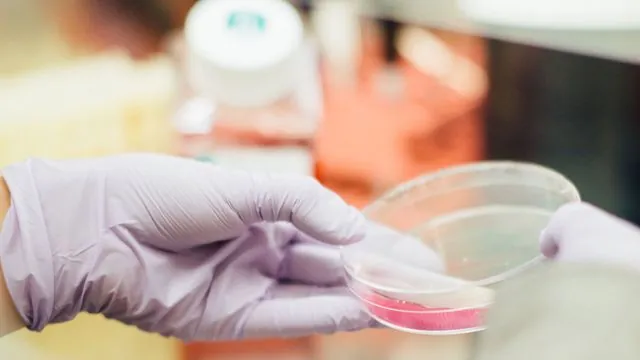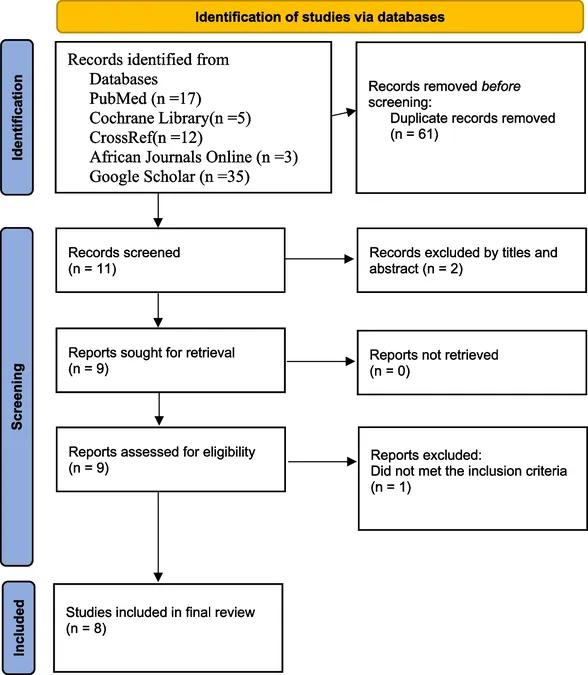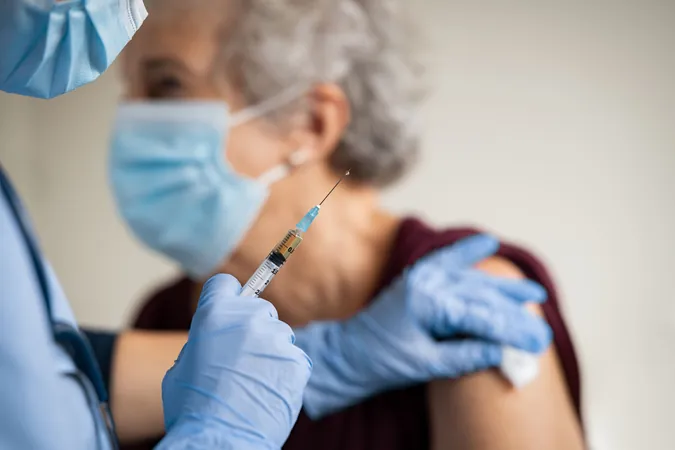
Breakthrough in Women's Health: Lab-Grown Spines Could Revolutionize Epilepsy Treatment
2024-10-01
In a groundbreaking study, researchers at the University of Queensland have taken a monumental stride toward ensuring safer access to a widely used anti-seizure medication for women with epilepsy. This new development not only promises to improve treatment efficacy but also safeguards the health of both mothers and their children.
The medication in question, Sodium Valproate (or valproic acid), is a longstanding treatment for epilepsy and certain mental health disorders. However, its use during pregnancy poses severe risks, as it has been linked to spinal cord defects and other complications in newborns. This has created a troubling dilemma for women who rely on this essential drug for managing their epilepsy.
Dr. Giovanni Pietrogrande and Professor Ernst Wolvetang, leading figures at the Australian Institute for Bioengineering and Nanotechnology (AIBN), spearheaded a team of organoid specialists to investigate the causes behind Valproate's harmful effects. They notably created organoids, essentially miniature human spinal cords cultivated in a lab dish, designed to replicate the developing spinal cord of a fetus in the earliest stages of pregnancy.
"The process began with a deep dive into understanding the mechanisms by which valproate triggers spinal cord malformations in fetuses," Dr. Pietrogrande explained. Through advancing their research, the team discovered that exposure to valproate significantly alters the cells responsible for spinal cord formation, resulting in malformations.
In a promising turn of events, the researchers treated these organoids with Rapamycin, a clinically approved medication. The results were illuminating: Rapamycin effectively mitigated the adverse effects induced by Valproate. "This discovery could pave the way for women with epilepsy to safely utilize this potent medication while ensuring the health of their future children," Professor Wolvetang noted.
Echoing these sentiments, Professor Terence O'Brien, a key figure from Monash University, emphasized the potential of these findings. "This research may provide healthcare professionals and patients with crucial insights into navigating the complicated landscape of epilepsy treatment," he remarked. "It represents hope for enabling women to continue essential medication regimens without compromising their reproductive health."
The implications of this research extend beyond immediate treatment solutions. Professor Wolvetang indicated that it showcases the promise of modern technologies, especially human stem cell-derived organoids, in exploring the effects of various drugs on human development.
“Our findings not only pave the way for new treatment strategies but can also influence regulatory changes within the Therapeutic Goods Administration (TGA) to position organoids as indispensable tools for drug screening and discovery,” he articulated.
With this breakthrough, the door is now ajar for a host of new treatments that can enhance not only the efficacy but also the safety of established medications. As researchers continue to unveil the complexities of drug interactions and their implications, the focus ahead remains on changing lives and enhancing health outcomes for women with epilepsy. The hope is that this innovative approach will lead to a future where every woman can manage her condition without fear of harming her child.




 Brasil (PT)
Brasil (PT)
 Canada (EN)
Canada (EN)
 Chile (ES)
Chile (ES)
 España (ES)
España (ES)
 France (FR)
France (FR)
 Hong Kong (EN)
Hong Kong (EN)
 Italia (IT)
Italia (IT)
 日本 (JA)
日本 (JA)
 Magyarország (HU)
Magyarország (HU)
 Norge (NO)
Norge (NO)
 Polska (PL)
Polska (PL)
 Schweiz (DE)
Schweiz (DE)
 Singapore (EN)
Singapore (EN)
 Sverige (SV)
Sverige (SV)
 Suomi (FI)
Suomi (FI)
 Türkiye (TR)
Türkiye (TR)